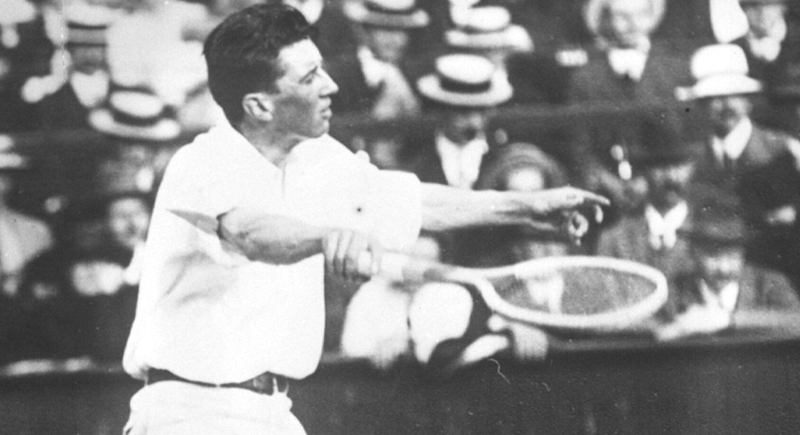He Survived the Titanic and Doctors Wanted to Amputate His Legs Instead He Won an Olympic Gold Medal
Richard Norris Williams was just 21 years old when he boarded the Titanic with his father, Charles Duane Williams, in April 1912. He was born in Geneva, Switzerland, and on January 29, 1891, he had already shown great promise on the tennis court. The two men were headed to the United States, where Richard planned to study at Harvard and continue developing his tennis career.
When the Titanic struck the iceberg late at night on April 14, their lives changed forever. Father and son ended up in the freezing Atlantic after either jumping or being swept overboard. A massive funnel came crashing down, which killed Charles instantly. Richard barely escaped with his life before swimming through icy water to reach a collapsible lifeboat. He clung to it, his legs immersed in subzero temperatures, until he was rescued by the RMS Carpathia.
“I’m Going To Need These Legs”

Image via Canva/Kzenon
By the time he was pulled aboard the rescue ship, Richard’s legs were so frostbitten that doctors insisted that they should be amputated. His response was simple: “I’m going to need these legs.” Instead of giving in, he forced himself to walk the deck every two hours, slowly bringing life back into his limbs. His determination worked. Against all odds, circulation returned, and within weeks, he was back on his feet.
Only three months after the disaster, Richard was competing again. At the Longwood Challenge Bowl near Boston, he even faced Karl Howell Behr, another Titanic survivor. Later that same year, he captured his first Grand Slam title by winning the US National Championships in mixed doubles with Mary Browne.
Rising In Tennis And Serving In War

Image via Wikimedia Commons/Agence Rol
Richard’s career quickly took off. He was part of the American Davis Cup team and secured victory five times between 1913 and 1926 with an overall record of 10 wins and just three losses, and he never lost a doubles match. He claimed singles victories at the US National Championships in 1914 and 1916, and added the Wimbledon doubles title in 1920 with Chuck Garland.
He later captured US National doubles titles in 1925 and 1926 with Vincent Richards. From 1912 to 1914 and again from 1919 to 1923, he was consistently ranked in the world’s top 10 players, and between 1912 and 1925, he stayed inside the US top 10 every year.
Between his championship triumphs, Richard served in the US Army during World War I. He fought on the front lines in France and earned both the Croix de Guerre and the Légion d’Honneur for his courage. These honors added another extraordinary chapter to a life defined by resilience and determination.
Life After Olympic Glory
The highlight of Richard’s sporting career came at the Paris Olympics in 1924. At age 33, he competed in several events, but his biggest success came in mixed doubles. Partnering with Hazel Hotchkiss Wightman, the pair defeated fellow Americans Marion Jessup and Vincent Richards in straight sets, 6-2, 6-3, to claim the gold medal. It was the crowning moment for a man who had once been told he would never walk again.
After retiring from professional tennis, Richard became a successful investment banker and later served as president of the Historical Society of Pennsylvania. His story remained extraordinary: a man who survived the Titanic, fought in a world war, and still found the strength to become one of the best tennis players of his generation.
Richard died on June 2, 1968, in Bryn Mawr, Pennsylvania, at the age of 77. His life showed how grit and determination can carry a person through the darkest of trials and on to remarkable triumphs.